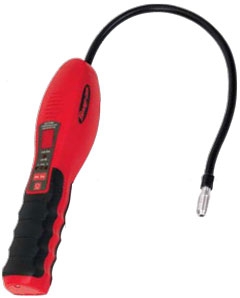Sorry, I should have been more specific. I wasn't picturing a literal overhead hood but rather an overall extraction intake as well as an articulating leg of a venturi driven (explosion proof) evacuation system.
So essentially it's a 10' tall, walk-in, grounded laminar flow hood, with an articulating, separately powered, venturi intake to directly vent line blow off into.
Overall ventilation is provided by a 2200cfm, 12" Mixed flow fan, mounted before the main venturi, and drawing from the outside, far from any exhaust point.
Second exhaust is powered by a 1000cfm mixed flow fan, also with a separate intake and venturi configuration.
Besides this, I'm reading here and there about propane as a pre-charge? Can anyone elaborate on this concept?
So essentially it's a 10' tall, walk-in, grounded laminar flow hood, with an articulating, separately powered, venturi intake to directly vent line blow off into.
Overall ventilation is provided by a 2200cfm, 12" Mixed flow fan, mounted before the main venturi, and drawing from the outside, far from any exhaust point.
Second exhaust is powered by a 1000cfm mixed flow fan, also with a separate intake and venturi configuration.
Besides this, I'm reading here and there about propane as a pre-charge? Can anyone elaborate on this concept?
..things became very interesting once i switched to the research grade tane ...
View Image
..i charged the system with .2# of research grade propane ..did a second run and still no high side pressure during recovery ..@0Hg the recovery tank had 1.5# back in ..@-16Hg the entire 3.5#'s is back in the tank ..and a bit more gas was left in the lines ..i'm guessing that was the propane...
.




